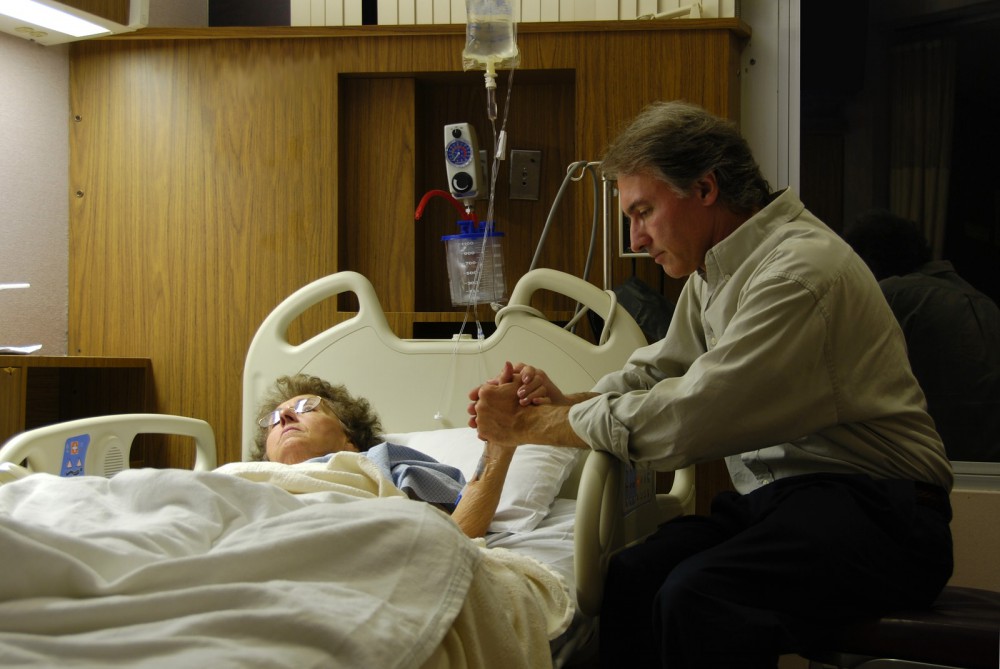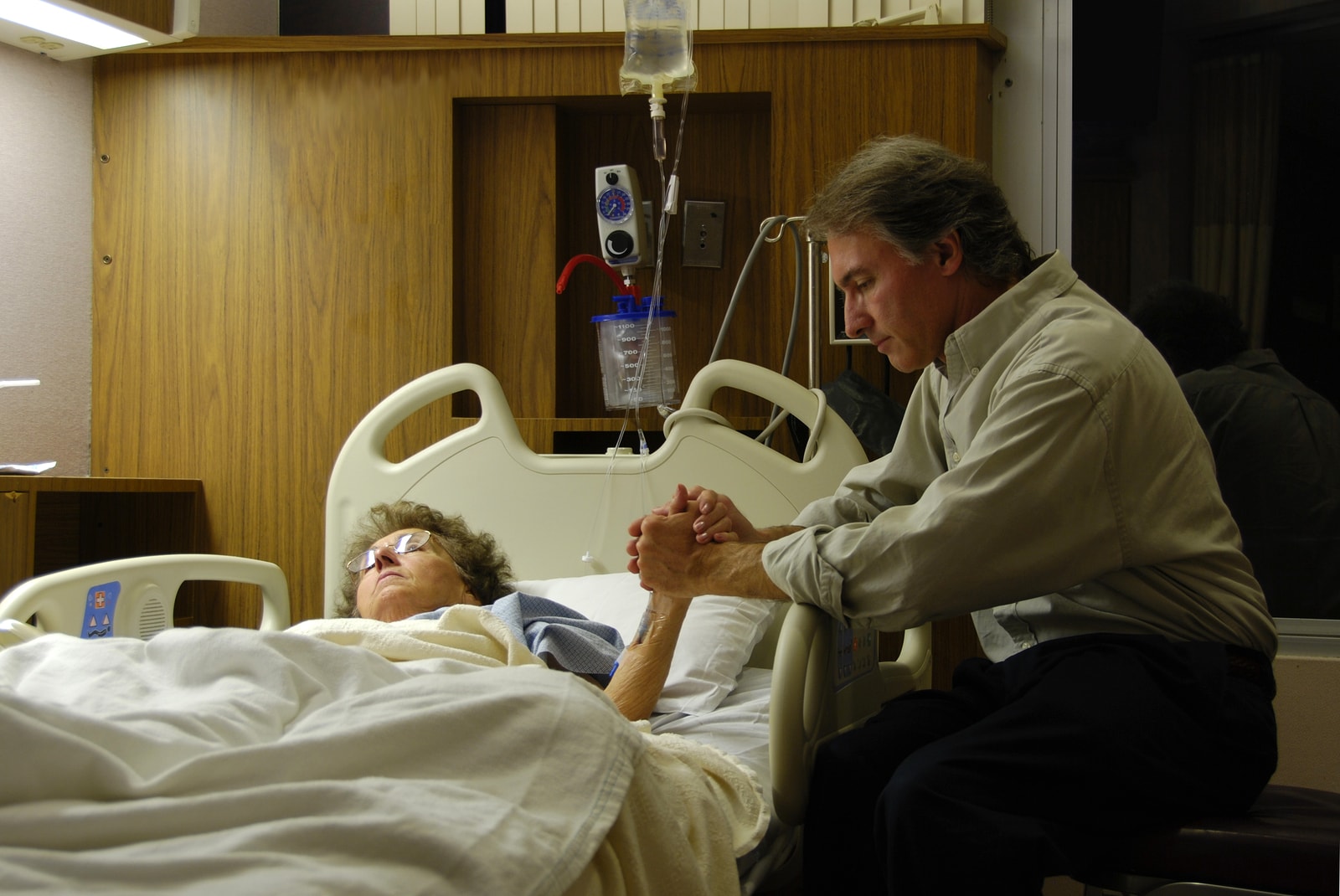
Motor vehicle crashes, firearm-related injuries and drug poisonings are three reasons why Americans have shorter life expectancies than people in 12 comparable countries.
That’s according to a February 2016 study published in the Journal of the American Medical Association by researchers at the Centers for Disease Control and Prevention’s (CDC) National Center for Health Statistics.
American men and women have life expectancies of 76.4 and 81.2 years, respectively. That’s 2.2 years less than those living in the United Kingdom, Japan, Germany and other European countries, where the life expectancy is 78.6 years for men and 83.4 years for women.
Gun injuries, drug poisonings and automobile crashes account for 48% of that gap for U.S. men (about a year) and 19% for women (or about six months). They account for more than 100,000 U.S. deaths annually.
Senior study author Andrew Fenelon told CNN that the drug poisoning deaths, which often involve heroin and prescription opioid abuse, are mostly accidental, as are the motor vehicle crashes, while many of the firearm-related injuries may be suicides.
Fenelon said the rest of the life expectancy gap could be attributed to a variety of things, including higher infant mortality rates and smoking deaths.
According to the CDC, 44 people die each day because of prescription drug overdoses, with all drug overdoses killing nearly 500,000 between 2000 and 2014. Opioid overdose deaths are on the rise as well – up 14% in 2014 compared to 2013.
You Might Also Enjoy: American Heroin Part 3: Hope and Recovery
Possible Prevention
Proposals to decrease the number of drug overdoses include providing medical professionals with new guidelines for prescribing drugs, and expanding the use of naloxone, which can reverse the symptoms of an opioid overdose. As for gun-related deaths, a 2013 study found that states with stricter gun laws tended to have fewer firearm-related fatalities.
The study also suggested car crashes could be reduced by discouraging sleepy drivers from getting behind the wheel.
Death and Mortality Numbers from CDC
- There were 2.6 million deaths in the United States in 2013 – a rate of 821.5 deaths per 100,000 population. The infant mortality rate was 5.96 deaths per 1,000 live births.
- Heart disease was the leading cause of death, attributable for 611,105 deaths, followed by cancer (584,881) and chronic lower respiratory diseases (149,205). Accidents (unintentional injuries) accounted for 130,557, while intentional self-harm (suicide) was the cause of death for 41,149.
- Despite lower U.S. life expectancy rates, the 78.8 average for both sexes in 2013 is an all-time high. In 2000, the rate was 76.8 years. When the data was first tracked in 1940, the average was just 62.9 years.
Experts believe the mortality gap between the U.S. and other European countries can be closed even more.
“If you go back far enough in the 1980s, we compared much more favorably in life expectancy with other countries, and gradually over time they improved more than the U.S.,” Ellen Meara, associate professor of health policy and clinical practice at the Dartmouth Institute for Health Policy and Clinical Practice, told CNN. “We have to look to see what we are doing or have been doing differently since the 1980s.”









